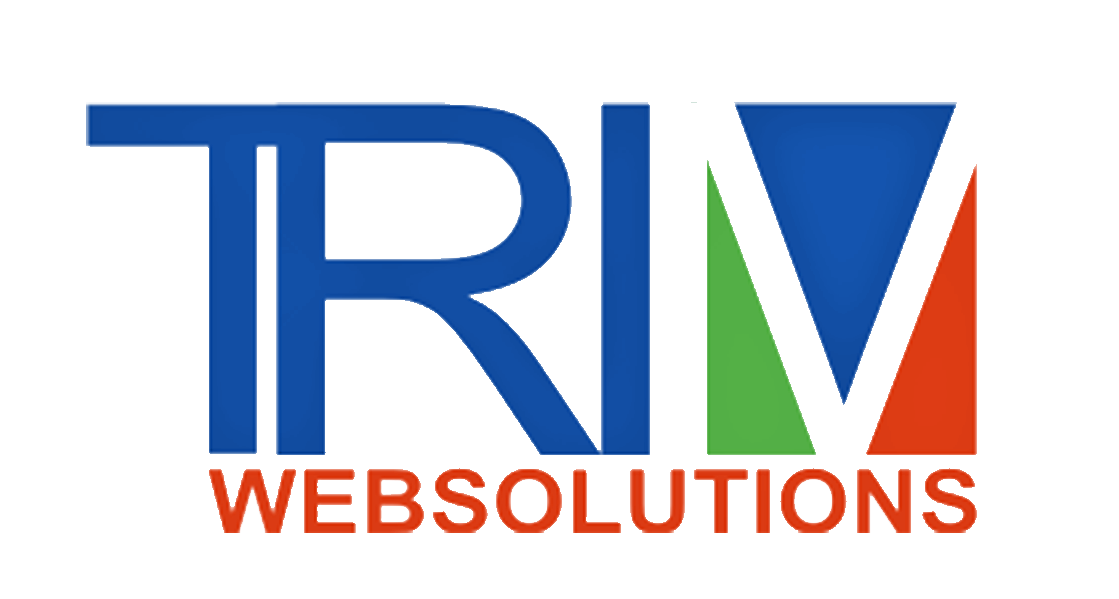Effective communication strategies

Effective Communication Strategies: Enhancing Clarity and Connection
Effective communication is the foundation of strong relationships, successful teamwork, and productive interactions in both personal and professional settings. It involves not only the transmission of information but also ensuring that the message is received, understood, and acted upon appropriately. Mastering effective communication strategies can lead to better collaboration, reduced misunderstandings, and stronger connections with others.
The Importance of Effective Communication
Communication is more than just words; it is about how we convey ideas, emotions, and intentions. Whether in the workplace, social interactions, or family dynamics, clear and effective communication fosters trust, minimizes conflicts, and improves overall relationships. Poor communication, on the other hand, can lead to confusion, frustration, and unnecessary misunderstandings.
In professional environments, effective communication is crucial for teamwork, leadership, negotiation, and customer relations. In personal relationships, it strengthens emotional bonds and enhances understanding. By implementing strategic communication techniques, individuals can become better speakers, listeners, and influencers.
Key Strategies for Effective Communication
1. Active Listening
Active listening is one of the most fundamental communication skills. It involves fully concentrating on the speaker, understanding their message, responding thoughtfully, and remembering key points. Key aspects of active listening include:
- Maintaining eye contact to show engagement
- Avoiding interruptions and distractions
- Nodding or using verbal affirmations like "I see" or "That makes sense"
- Summarizing or paraphrasing the speaker’s points for clarity
- Asking open-ended questions to encourage deeper discussion
By practicing active listening, individuals can foster meaningful conversations and avoid misinterpretations.
2. Clarity and Conciseness
Effective communication requires delivering messages in a clear, concise, and organized manner. Overly complex or lengthy explanations can confuse listeners. To improve clarity:
- Use simple, direct language
- Avoid jargon unless speaking to a knowledgeable audience
- Stay on topic and remove unnecessary details
- Structure messages logically with a clear beginning, middle, and end
Being concise ensures that the listener retains important information without feeling overwhelmed.
3. Nonverbal Communication
Nonverbal cues, such as facial expressions, body language, and tone of voice, play a significant role in communication. Research suggests that a large percentage of communication is nonverbal, making it essential to be mindful of these cues.
- Maintain appropriate eye contact to demonstrate confidence and engagement
- Use open body language, such as uncrossed arms and relaxed posture
- Adjust your tone and facial expressions to match the message’s intent
- Be mindful of cultural differences in nonverbal communication
Awareness of nonverbal signals enhances the effectiveness of spoken words and ensures alignment between message and intent.
4. Emotional Intelligence
Emotional intelligence (EI) is the ability to recognize, understand, and manage one’s emotions while also being aware of others’ emotions. High EI enhances communication by promoting empathy, self-awareness, and social skills. Strategies to improve emotional intelligence include:
- Being aware of one’s own emotions and how they affect communication
- Practicing empathy by understanding others’ perspectives
- Managing stress and emotional reactions in conversations
- Using a calm and respectful tone, even in difficult discussions
Individuals with strong emotional intelligence navigate conversations with greater ease and effectiveness.
5. Giving and Receiving Feedback
Constructive feedback is essential for personal and professional growth. Effective feedback should be specific, objective, and solution-oriented. When giving feedback:
- Use a positive and respectful tone
- Focus on behaviors rather than personal attributes
- Provide actionable suggestions for improvement
- Balance criticism with positive reinforcement
Similarly, receiving feedback with an open mind allows individuals to learn and improve communication skills.
6. Overcoming Communication Barriers
Various barriers can hinder effective communication, including language differences, cultural misunderstandings, distractions, and preconceived biases. Strategies to overcome these barriers include:
- Using clear and simple language, especially in diverse settings
- Being patient and open-minded when dealing with cultural differences
- Reducing background noise and distractions
- Clarifying uncertainties through questions or rephrasing
By recognizing and addressing communication barriers, individuals can ensure smoother interactions.
7. Adaptability in Communication
Different situations and audiences require different communication styles. A great communicator adjusts their approach based on context. For instance:
- A formal tone is suitable for professional settings, while a casual tone is ideal for friendly conversations
- Some audiences prefer detailed explanations, while others appreciate concise summaries
- Adapting language and examples to the listener’s level of understanding enhances engagement
Being flexible in communication style ensures that messages are well-received in various scenarios.
8. Storytelling and Persuasion
Storytelling is a powerful tool for engaging an audience and making messages memorable. A well-told story can:
- Simplify complex ideas
- Evoke emotions and create a personal connection
- Capture and maintain attention
- Inspire action
In addition, persuasion techniques, such as appealing to logic, credibility, and emotions (ethos, logos, pathos), can make communication more compelling.
9. Digital Communication Skills
In today’s digital age, effective communication extends beyond face-to-face interactions. Whether through emails, social media, or virtual meetings, strong digital communication skills are essential. Best practices include:
- Writing clear and professional emails
- Being mindful of tone in text-based communication
- Using video calls when facial expressions and tone are important
- Practicing active listening in virtual meetings
Proper digital communication enhances professional credibility and relationships in remote settings.
Conclusion
Effective communication is a skill that can be developed and refined over time. By incorporating strategies such as active listening, clarity, emotional intelligence, and adaptability, individuals can improve their ability to convey messages effectively and build stronger connections with others. Whether in personal relationships, the workplace, or social interactions, mastering communication skills leads to more successful and fulfilling interactions. By being mindful of both verbal and nonverbal communication, anyone can enhance their ability to express themselves and understand others more effectively.
11 0 7
Write a Comments
* Be the first to Make Comment















